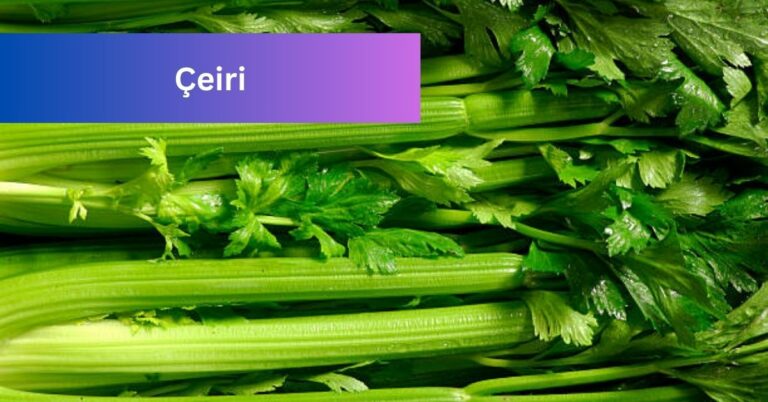Navigating the Craft Beer Landscape
In recent decades, craft beer has seen multiple transformations. It has now evolved into a culture that has captured the taste buds and imaginations of beer enthusiasts around the world. This revolution in brewing resulted in a diverse range of flavors, styles, and breweries.
Now, beer enthusiasts have multiple choices to have a more personalized beer-drinking experience. In this exploration of craft beer, we are going to discuss the world of craft brewing and the factors and trends that lead to its diversity.
Let’s dive right in!
Diversity in Styles and Flavors
One of the defining features of the craft beer movement is its commitment to diversity. Craft brewers continuously work towards pushing the boundaries of traditional beer styles. From rich and complex stouts and tangy sour ales to creating Milkshake IPA recipe, brewers have shown their creativity in the form of multiple flavors and aromas.
Each brewery, with its unique approach to ingredients, brewing techniques, and recipe formulation, contributes to multiple possibilities. The resurgence of traditional styles, such as farmhouse ales and barrel-aged brews, shows respect for brewing history.
Community and Authenticity
Craft beer is not just about what’s in the glass; it’s about the people, places, and stories behind each pour. Local breweries are an important component in promoting this sense of community. They have created places where beer enthusiasts can gather, share experiences, and connect with the artisans behind the beer.
Brewpubs become hubs of social interaction, where the community meets to discuss new releases and attend events. The emphasis on locality also includes the ingredients used in brewing, with many craft brewers sourcing hops, grains, and adjuncts from nearby farms.
This commitment to local agriculture not only supports regional economies but also adds an authentic flavor to the beers produced.
Trends Shaping the Craft Beer Future
We see that the craft beer industry continues to evolve. There are several trends that shape these evolutions. One notable trend is the rise of low-alcohol and sessionable beers. With an increasing focus on health and wellness, brewers are creating flavorful yet lower-alcohol options that meet the needs of a broader audience.
These beers allow enthusiasts to enjoy multiple pints without the risk of overwhelming alcohol content.
Another trend involves the exploration of fermentation techniques, including wild and mixed fermentation. Brewers are experimenting with different yeast strains, bacteria, and fermentation ways to create complex and funky flavors.
The Future of Brewing
As we look ahead, we don’t see any signs of the beer industry slowing in the future. The ethos of this moment’s creativity, individuality, and community continues to inspire new generations of brewers and beer enthusiasts.
As craft breweries explore sustainable practices and engage with their local communities, they are making a beer culture that goes beyond the liquid in the glass. Many advanced quality control measures and sustainable brewing practices are here to take their place.
The use of alternative grains like ancient and heirloom varieties also adds more complexity to beer flavor profiles. This makes it suitable for enthusiasts who are looking to explore different aromas and bitterness levels.




